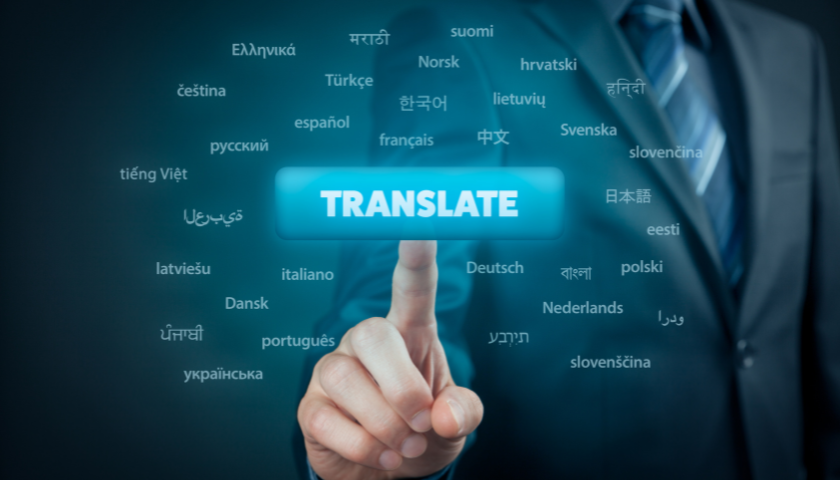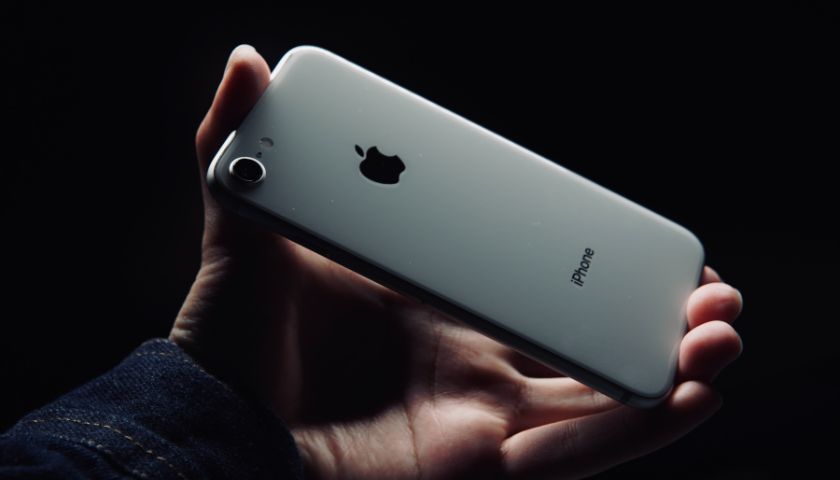by The JADE
Nuances between Chinese and English are important, as direct translations can sometimes lead to a loss of meaning; or sometimes, even contorting the intended meaning into something completely different. Automatic translations may seem like a viable option, as platforms such as Google Translate, Baidu Fanyi and ChatGPT do a fairly decent job at translating from one language to another. However, due to factors such as the complexity of grammar structures, cultural differences and the existence of slangs, automatic translations might not do the job as effectively as an experienced human translator could.
A perfect example would be the release of Apple’s iPhone 7 in Hong Kong. In the advertisement, “This is 7” was directly translated to Chinese, “這是7”, which does not mean anything. In fact, The character 柒 (qi) in Traditional Chinese, which also means “seven” in Cantonese, which is a slang used to poke fun of others. This resulted in the internet making fun of the advertisement for its unintended pun. From Apple’s perspective, this incident may have increased awareness of the release of the new iPhone. However, it may also have negatively impacted the brand image to its target audience in Hong Kong, hence highlighting the importance of being aware of nuances and slangs in Chinese for an effective project or campaign.
To avoid such instances of sub-optimal translations, one should find ways to understand the culture of the target audience as much as possible. This can be done by conducting research on the market of interest, or simply hiring an expert to do the translation for you!
If you need professional translation services, feel free to contact us!
 The professional competence and attitude beyond the reach of AI translation.
The professional competence and attitude beyond the reach of AI translation.Limitations of AI Translation Tools ≫




